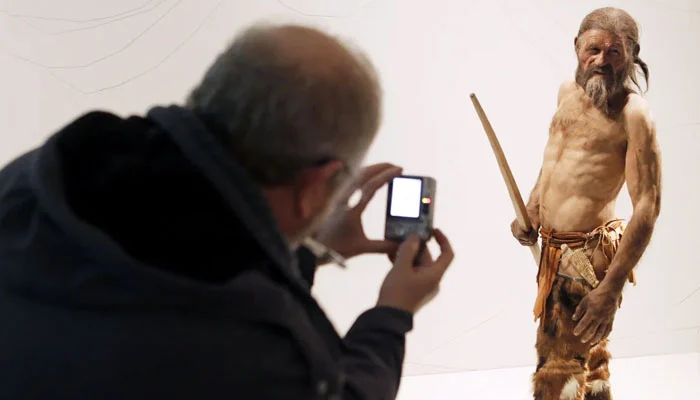In 2023, scientific advancements have unravelled captivating mysteries of human history, revealing secrets concealed for millennia.
Paleogenetics, artificial intelligence, and chemical analysis have played pivotal roles in illuminating the past. Here are six historical enigmas that scientists successfully cracked.
1. Gender identity of a prehistoric leader
The crystal dagger was found was buried with the body of a 5,000-year-old female prehistoric leader.—Research Group ATLAS from University of Sevilla
The crystal dagger was found was buried with the body of a 5,000-year-old female prehistoric leader.—Research Group ATLAS from University of Sevilla
A 5,000-year-old skeleton near Seville, Spain, adorned with precious artefacts, initially thought to be a young man, was revealed to be a woman through tooth enamel analysis. This challenges preconceived notions and promises a new era in understanding prehistoric social structures.
2. Ingredient behind Roman concrete’s strength
Romes Pantheon was built under Roman Emperor Augustus between 27 and 25 BC to Scientists identified lime clasts in Roman concrete as the key to its durability. The white chunks, previously overlooked, contribute to healing cracks over time, explaining the remarkable longevity of structures like the Pantheon.
3. True appearance of Ötzi the Iceman
A DNA analysis of Ötzi’s pelvis contradicted previous depictions, revealing dark skin, dark eyes, and likely baldness. This updated portrayal challenges popular reconstructions of this well-preserved mummy.
4. Wearer of a 20,000-year-old pendant revealed
The deer tooth pendant contained DNA left by its wearer. —Max Planck Institute for Evolutionary Anthropology
The deer tooth pendant contained DNA left by its wearer. —Max Planck Institute for Evolutionary Anthropology
Ancient human DNA extracted from a deer bone pendant in Siberia identified its wearer as a woman from the Ancient North Eurasian group, shedding light on a person who lived 19,000 to 25,000 years ago.
5. Decoding ancient scrolls with AI
The scroll was one of hundreds retrieved from the remains of a lavish villa at
Using artificial intelligence and computerised tomography imaging, a word in ancient Greek was decoded from the Herculaneum scrolls, offering insight into the vast library from classical antiquity.
6. Materials for making a mummy
Chemical analysis of residues in embalming workshop pots unveiled the substances Egyptians used for mummification, including plant oils, resins, animal fat, and beeswax. This discovery adds depth to our understanding of ancient Egyptian practices.

